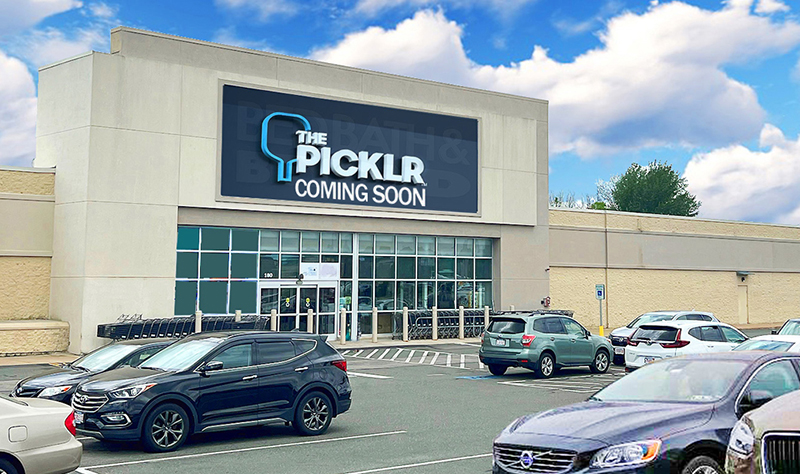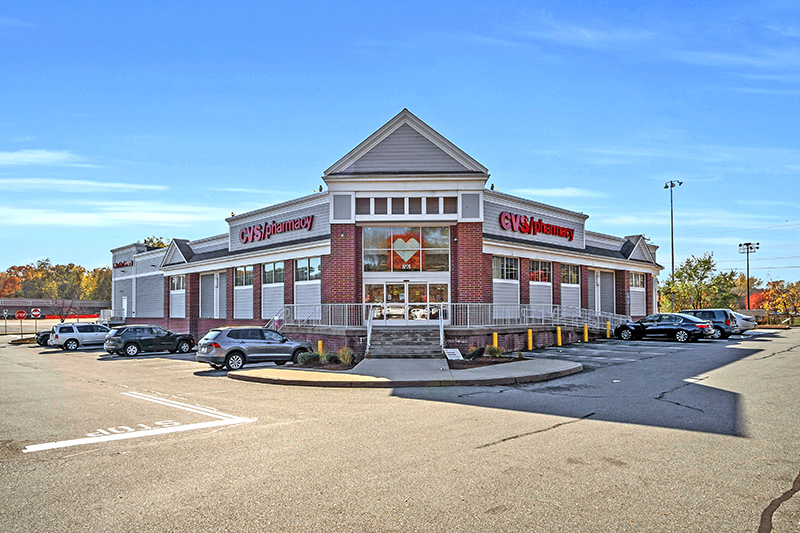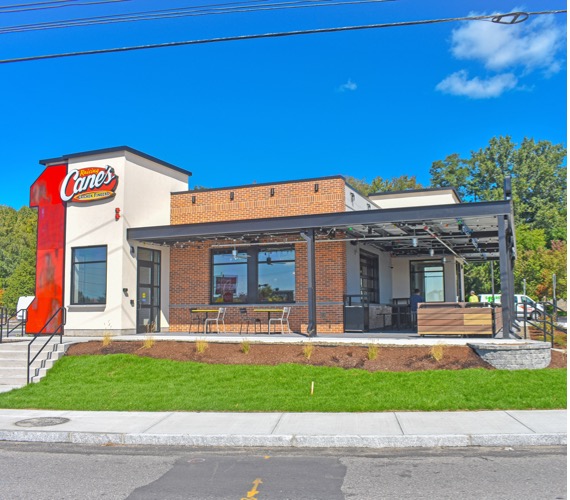News: Retail
Posted: January 24, 2013
Planning and zoning - change for the better? Rethinking the way municipalities regulate development
Perhaps one unrecognized benefit of the painfully slow economy is that some municipalities are re-thinking the way they regulate development. Rather than using planning and zoning regulation as a brake on growth, intentionally or otherwise, they now see it as a tool to attract development - that is to say, new jobs - into their communities. They realize that in today's world, economic growth no longer just happens; to create new jobs, communities must be willing to try some new ideas.
One of the more difficult challenges today is the length of time it takes developers to work through the traditional approval process. Not only is it taking longer to find a user, when they do find one, their window of opportunity is usually very short. Few retailers or manufacturers have the ability or patience to wait months and even years to obtain permits as they once did. If the approval process seems lengthy or difficult they will simply move on, bringing their jobs elsewhere.
In response, or perhaps better put, in anticipation of this need, some New Hampshire communities have been trying novel approaches to the problem of facilitating new development activity.
For example, the ReadySetGo! program developed by the Southern New Hampshire Planning Commission in Manchester is looking at pre-approving sites for development. "It's the first certified-site program of its type in New England," according to the commission's chief planner, Jack Munn. In this program, sites that would be suitable for larger-scale commercial and mixed-use development can be pre-certified for up to five years.
With a "pre-approved" site in hand, developers will have a much easier time marketing and attracting new users to their property. More information about ReadySetGo! can be obtained from the SNHPC website at www.snhpc.org.
In other communities, planners are exploring ways to simplify the approval process. In many places, "performance zones" are gaining favor. Rather than specify allowable uses and minimum required dimensions as in traditional "exclusionary" zoning ordinances, performance zones simply specify the allowable impacts of development such as traffic, noise, lighting, parking, lot dimensions, and open space. This approach allows communities and developers to consider a wide range of uses that would not be possible under traditional zoning laws.
The town of Bedford, New Hampshire has had a successful performance zone along its U.S. Rte. 3 corridor for many years. This may be part of the reason that, despite the overall turn-down in development activity, Bedford has seen a relative boom in economic activity in the last few years. Although no community has yet to entirely abandon traditional exclusionary zoning in favor of performance zones, the concept is gaining in popularity. Now, many communities are trying to emulate Bedford's example.
Another new approach is "form-based zoning." As with performance zones, form-based codes depart from the prescriptive rules of traditional zoning and instead regulate the appearance and placement of buildings in relation to their street frontage, and allow substantially greater flexibility in terms of specific uses, dimensions, and other planning criteria. In 2009, the city of Dover, New Hampshire adopted the state's first form-based code for its downtown area. Planning director Chris Parker says, "We basically decided how we wanted our downtown to look, preserving our traditional New England Mill Town architecture, and we adopted our code around that idea. This opens up the area to a wide variety of uses that may not have been otherwise possible, while promoting a vibrant, pedestrian-friendly environment and preserving our historic character."
Another advantage of these innovative approaches is they foster re-use of previously-developed properties, rather than building on undeveloped sites. This is particularly important in older communities that have few large, undeveloped tracts of land left. In Dover, for example, it facilitated conversion of 220,000 s/f of former mill space to residential use. According to Parker, "The approval process took two months and one public meeting. In the past, it could have taken years."
These trends are being duplicated in other cities and states inside and outside of New England as planners and economic development advocates realize they need to work together to bring commercial development and new jobs into their communities. As a result, communities are starting to make some long-overdue changes in their planning and zoning regulation. If these changes will create a more rational approval process that truly reflects the needs and desires of a 21st century community, then these are changes for the better indeed.
Robert Duval, PE, LEED AP, is chief engineer for TFMoran Inc., Bedford, N.H.
Tags:
Retail
MORE FROM Retail
Mace of KeyPoint Partners negotiates 36,192 s/f lease for The Picklr at Endicott Square
Danvers, MA KeyPoint Partners (KPP) negotiated a lease with the nation’s premier indoor pickleball venue The Picklr at Endicott Sq. Vice president of retail brokerage Don Mace negotiated the transaction on behalf of the landlord.





.jpg)


